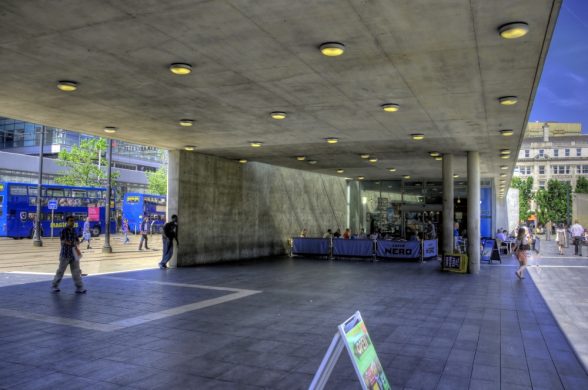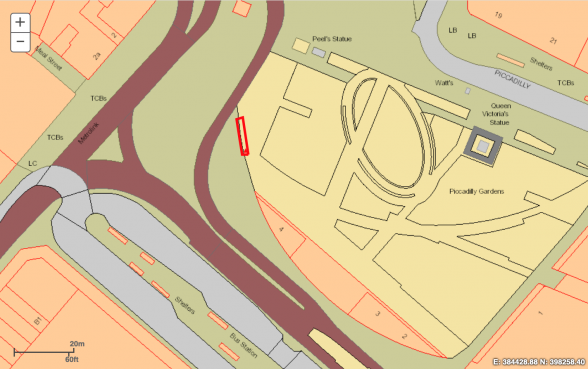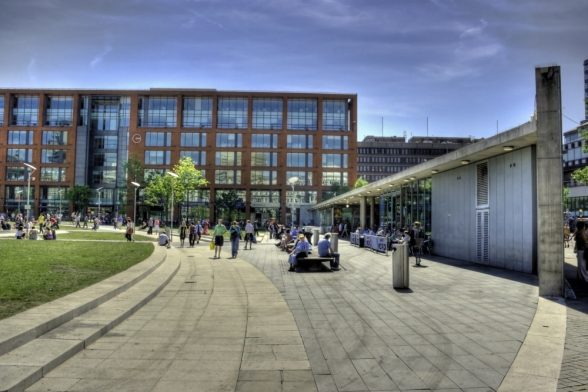This website uses cookies
This website uses cookies to enable it to function properly and to analyse how the website is used. Please click 'Close' to accept and continue using the website.



© Wojtek
The concrete wall and pavilion in Manchester were constructed in 2002 to a design by the leading Japanese architect, Tadao Ando (b.1941). It was a competition winning scheme built as part of the regeneration of Piccadilly Gardens following the IRA bomb attack of 1996.
Ando is famous for his exceptionally well-crafted concrete structures. He has been active throughout the second half of the 20th century and is an internationally famous architect. The Piccadilly Gardens scheme is one of only two works by Ando in Britain, the other being a fountain at Mount Street in Mayfair titled ‘Silence’.
In summer 2020, Manchester City Council applied for and gained planning permission to demolish a free-standing section of the concrete wall (127289/VO/2020) as part of a wider scheme to revitalise the gardens.

Source: Manchester City Council website
The red box highlights the section of the wall that has been demolished. Units 4,3 & 2 on the map remain.
The wall and pavilion structure is not listed but is considered by the Twentieth Century Society to be an important non-designated heritage asset.
The wall had suffered from lack of maintenance and it was a controversial piece of architecture. It had been graffitied to read ‘The North is not a petri dish’ in response to the government’s handling of the coronavirus pandemic in Greater Manchester, and it had been dubbed by some newspapers the Mancunian Berlin Wall. Its demolition, it was claimed, would improve sight lines within the park and address the problem of anti-social behaviour there.
However, as Eddy Rhead, from the Modernist Society observed, “There are fundamental problems with Piccadilly Gardens and they won’t be solved by knocking down the wall. It’s very easy to use architecture as a whipping boy for lots of much bigger problems, and it’s very easy for politicians to stand there and blame architecture rather than doing something about those problems. Anybody who knows anything about modern architecture knows Tadao Ando is a world-class architect. Any other city in the world would give their right arm for a piece of Ando architecture.”
The Society’s Director, Catherine Croft, was interviewed on the Radio 4 PM programme with Beth Abbit, a journalist from the Manchester Evening News on the 17th November to discuss the imminent demolition of the wall. Catherine described the free-standing wall as “an integral part of an architectural work by Tadao Ando […] a major international architectural star”, who “has a reputation for doing beautiful, high-quality concrete”
After the interview, the Society wrote to urge the council to halt the demolition of the wall but unfortunately this went ahead as planned.
The Ando wall was structurally in excellent condition and was built to a very high specification. The C20 Society believed it should have been cleaned and the area around it planted. It should not have been demolished.

© Wojtek
What remains of the Ando’s wall and the pavilion should be recognised as a major piece of modern architecture and should be properly maintained. If well cared for, it could become a real asset for the City of Manchester and a draw for tourists.
Howard Smith from the North West group is writing a piece on the Ando wall for the Regional News section of the C20 magazine. Watch out for this!

Become a C20 member today and help save our modern design heritage.